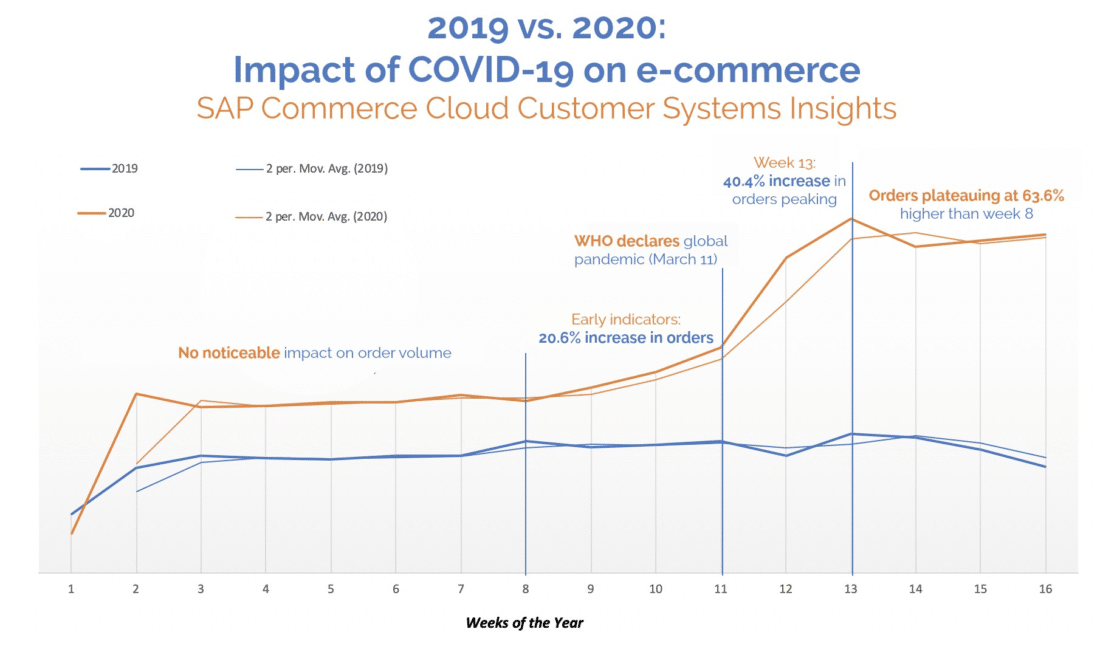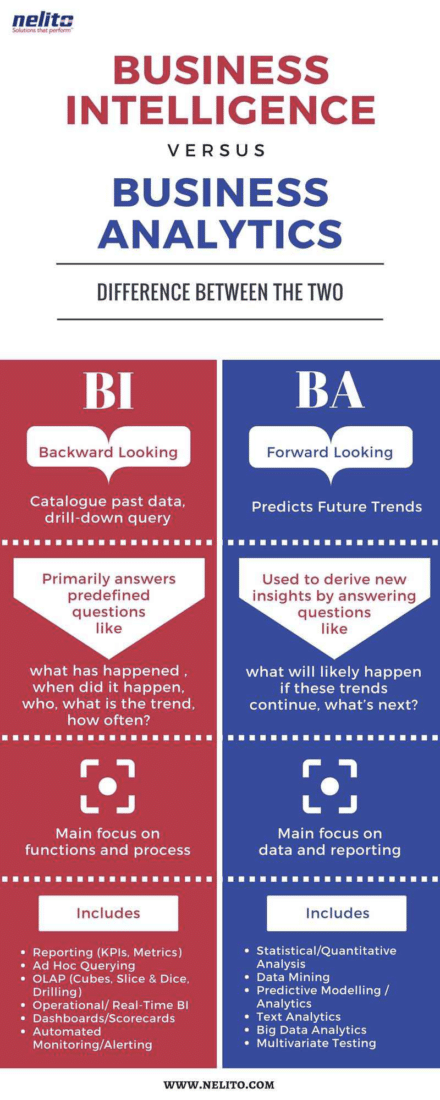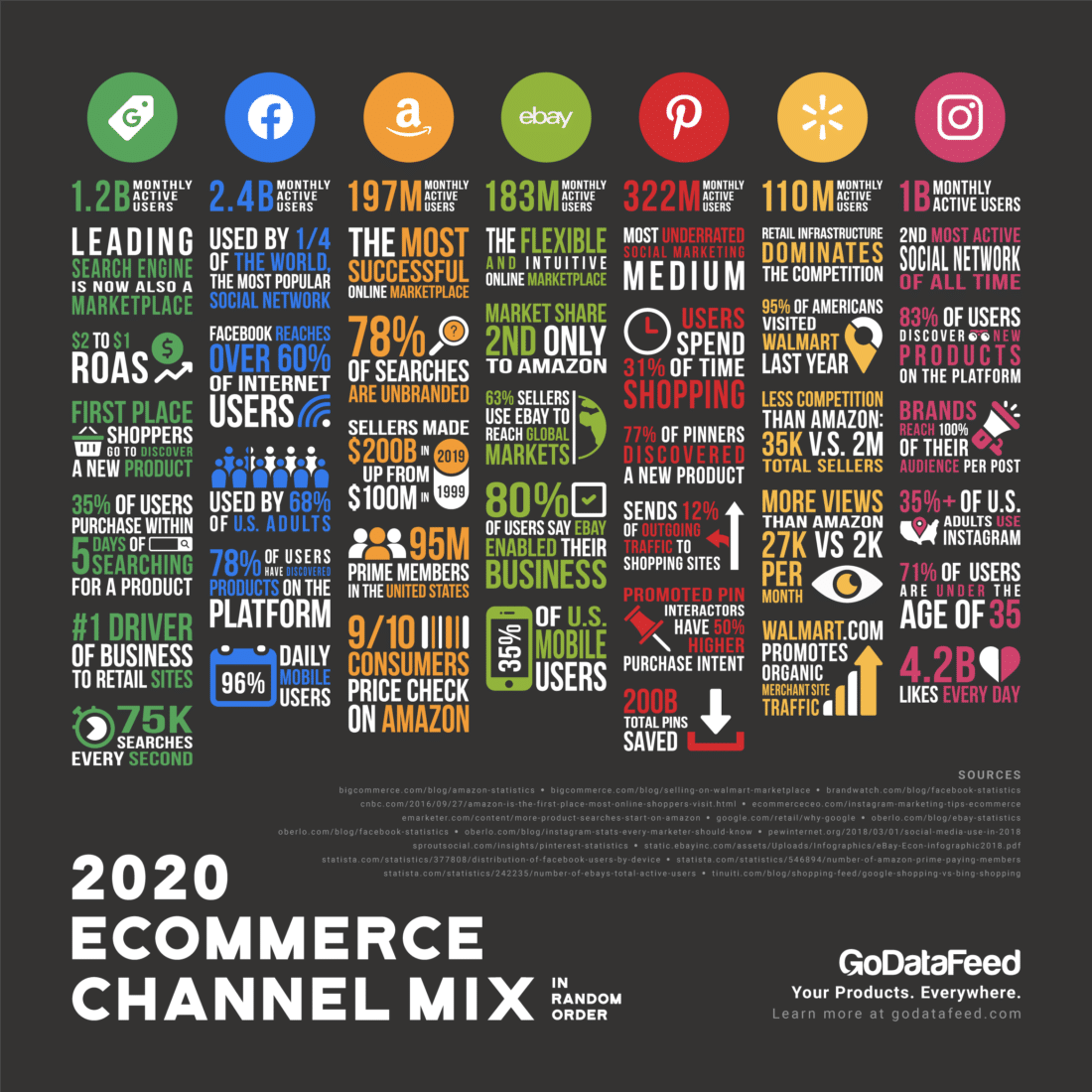First and foremost you’ve got to have a great product. If you’ve got a great product, you can do a lot without very much else.
David Wiltshire is the Founder and CEO of Patchworks, an integration platform for fast-growing retail across the world. Patchworks connects core business applications, such as the e-commerce platform, warehouse software, ERP and 3PL. Wiltshire is a software and agency entrepreneur with a background in design and strategy. He created the first cloud middleware for e-commerce in 2012.
In this episode of Velocitize Talks, Wiltshire shares his insights into how e-commerce has exploded over the past year, creating the future e-commerce economy.
The Covid E-Commerce Economy (1:13)
E-commerce is the backbone of the economy.

Covid-19 made shopping online the norm. E-commerce was delivering consistent double-digit year-over-year growth prior to Covid-19, according to a Catalyst Digital study. Not surprisingly, 2020 proved to be the strongest year yet with 22%+ growth due to the rapid shift from offline to online shopping.
Countless businesses had to pivot from brick-and-mortar to e-commerce practically overnight if they wanted to survive the pandemic. “If you could imagine what state the country would be in now had it not been for the digital economy, I think we’d be in a very different position,” says Wiltshire.
And, as a result, now some merchants are seeing double the revenue. Patchwork clients Huel and Lounge Underwear, for instance, are up hundreds of percent. “It’s been quite an interesting year in terms of seeing which businesses are succeeding and which ones are struggling,” says Wiltshire. But the game has changed.
According to Catalyst Digital, businesses are no longer seeing the same positive results using the technologies and practices developed during the pandemic.
Business Analytics: The New Intelligence (2:27)
The future now is understanding data and business intelligence.

Data analysis and business intelligence are tools that can up your e-commerce game. Using data analysis such as lookalike and demographics can help businesses target customers in a more strategic way. Today companies need to engage in personalization, targeted marketing and incentives to attract customers. Wiltshire also stresses the benefits of using data to understand audience behavior and movements throughout the buyer’s journey.
But while profiling customers has become common, it has also become more complicated. Due to opt-in and GDPR data collection regulations, gathering customer data has become more challenging. Once a company figures out the best way to identify, collect and use customer data, then they can design a product, service or campaign around a target. It’s also important to understand how both business intelligence (past) and business analytics (future) can benefit a company in their marketing strategy.
Everyone’s an Entrepreneur (6:15)
With the right technology and the right product and the right plan, running a business is fair game for anybody.

It is estimated that 95% of purchases will be made online by 2040. The unprecedented rise of the e-commerce economy is opening the doors of opportunity to countless entrepreneurs. Even smaller merchants are able to be competitive in their markets due to the technology tools that are widely available and more affordable than ever. Wiltshire points to case studies where clients have been in business for two to five years and have seen hundreds percent growth over the past year.
“The pandemic has really reset the clock,” says Wiltshire. Legacy brands can no longer ignore the need to compete with newer, smaller brands. In addition, it’s important for brands to take advantage of multiple platforms to sell their products. Consumers buy on brand websites and retailer websites as well as social media.
Entrepreneurial Spirit (8:20)
One of the key things is deciding the right infrastructure, the right platforms, and the right fit.

As a newer brand, it’s critical to seek out a mentor who can give sound advice. Such advice could offer a new company insight into how to market products and services as well as provide advice on the best platforms, systems, and softwares to use. Wiltshire notes that this is invaluable as “some systems will enable you, and some will hold you back.”
In research by Sage, 93% of startups admit that mentorship is instrumental to success. In fact, 70% of mentored businesses survive longer than five years. Finding a mentor is the key to success and should be a priority for entrepreneurs.
Book Club (10:30)
I found that this book changed my view on how I operate and, as a visionary business owner, it gave me an understanding of my position in the company.

Wiltshire recommends the book Traction: Get a Grip on Your Business by Gino Wickman, which lays out a framework on how to run your business with more focus and growth. The framework is called EOS, or Entrepreneurs Operating System, further defined as a “people operating system.” As Wiltshire notes, “If you’re a creative or you’re an innovator, surrounded by integrators or technical people that do the practical implementation of the work, sometimes you forget your worth in the company.”
For more information on Patchworks, check out their website and follow them on Facebook, LinkedIn, or Instagram. To stay up to date with Wiltshire, follow him on LinkedIn.



0 Comments